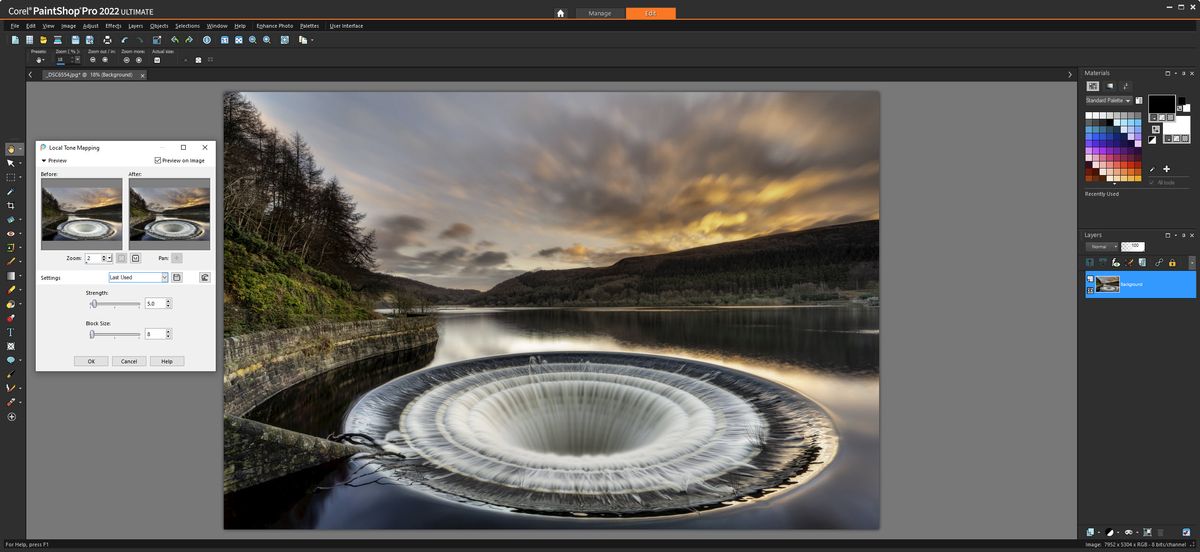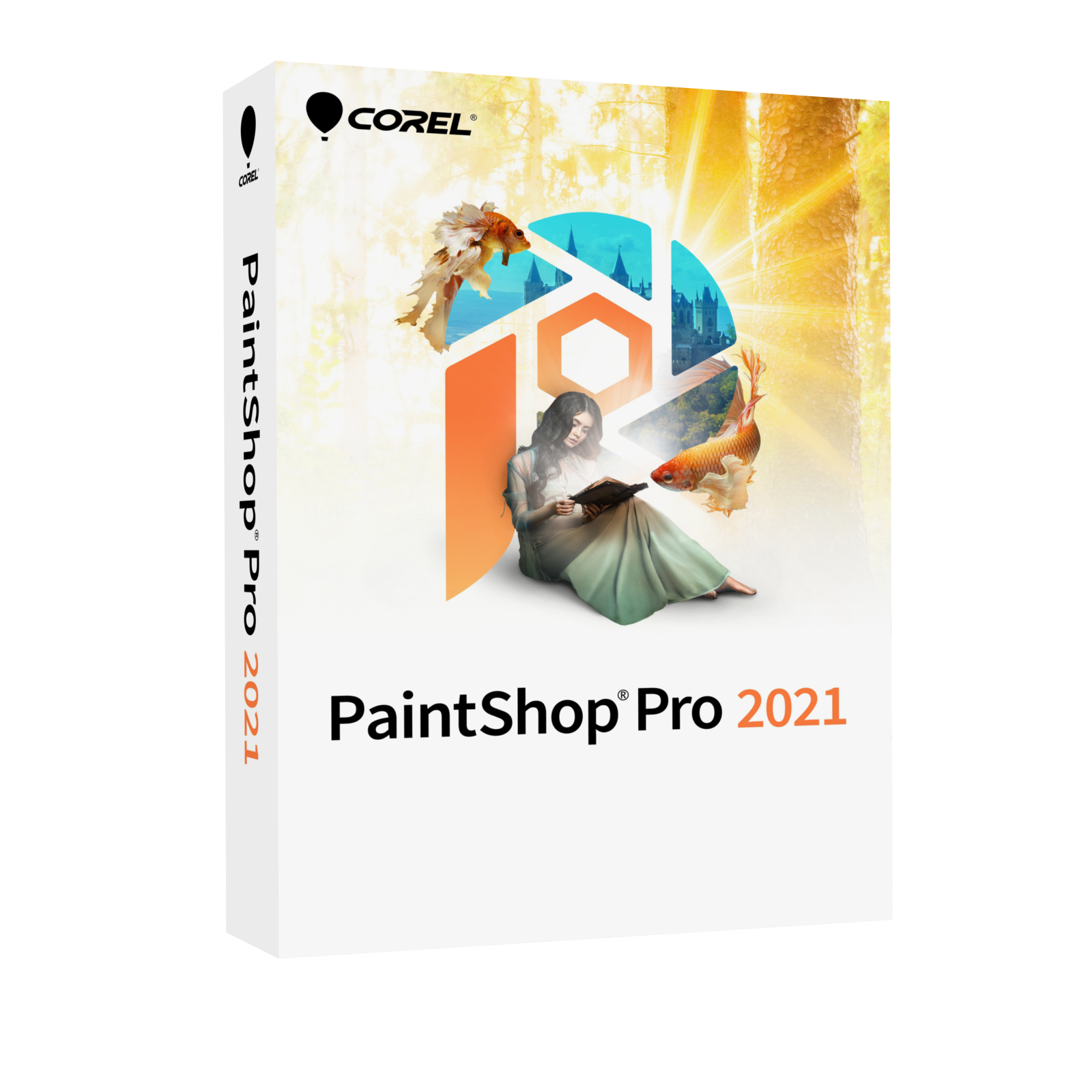


The bulletin boards, FTP sites, and tech-savvy users of the era handled the rest.
Corel paintshop how to#
All he needed to do to sell it was tell people where and how to pay, buy some stamps and envelopes, and create encryption codes that users could use to get rid of the nag screen.
Corel paintshop software#
(The name, which stands for “Jets and Software Company,” reflected this.) There wasn’t a massive business there at first, just a growing one, and the shareware distribution model kept costs down. He kept his day job when he started JASC Software in 1991. Magazine, Voit explained that his software, which he effectively made because he couldn’t find a graphics editor that did everything he wanted to do, was extremely inexpensive to make. Soon, the software evolved into Paint Shop Pro.
Corel paintshop Pc#
He created a converter called GIF2PCX, which allowed images to be saved in the Windows-friendly PCX format, which was supported by Microsoft Paint.įrom that starting point, Voit moved toward building PaintShop, a $25 multi-format converter featured in PC Magazine in 1991. And when he got his hands on Microsoft Windows, he ran into a personal frustration that got him coding: GIF files were common ways of exchanging images on CompuServe (where they had been introduced in 1987) and other services, but they weren’t supported natively by Windows 3.0-meaning that there was no easy way to apply GIFs as wallpaper on Windows desktops.įortunately, Voit was ready with a solution.

(While Photoshop was initially developed by two university students, Thomas and John Knoll, the software had been acquired and polished by Adobe before it ever saw public release.)Ī Minnesota-based pilot for Northwest Airlines with a degree in computer science, Voit was a heavy tinkerer with an interest in imagery.

Initially, it was the work of a single developer, Robert Voit.
Corel paintshop pro#
Adobe was already a large company in 1990 when it released the initial version of Photoshop, and it was on the stock market way back in 1986.īut Paint Shop Pro came from completely different roots. And PSP was never a Mac endeavor, which somewhat limited its appeal in the professional design space.īut the biggest difference didn’t involve the features of the platform: It involved the people who made it. There were a handful of differences between Paint Shop Pro and Photoshop that meant something in the late ’90s-for example, Photoshop’s longtime killer feature, editable layers, didn’t hit Paint Shop Pro until 1998. Paint Shop Pro version 3 (via the JASC website, circa 1997) The airline pilot that got Paint Shop Pro airborne Speaking of useful software by independent developers made available for cheap, be sure to give today’s sponsor, SetApp, a look: Today’s Tedium highlights one of those David-vs.-Goliath stories, a tale of a little guy’s impressive success in building a competitor to a piece of software that costs hundreds of dollars. It leveled the playing field for distribution, and that meant even if you were building an app in your living room on your night off while eating the cheapest ramen you could find, you could still feasibly take on giant software companies that can afford to promote themselves on television. Today in Tedium: The dream of shareware, as previously discussed, was simply this: As long as you could put a good taste of a product onto a floppy disk, you could theoretically compete with companies ten times your size. (Lotta busted backlinks in this one that are now fixed.) This is a fascinating tale of shareware being the great equalizer. Hey all, Ernie here with a refresh of a classic Tedium issue.


 0 kommentar(er)
0 kommentar(er)
